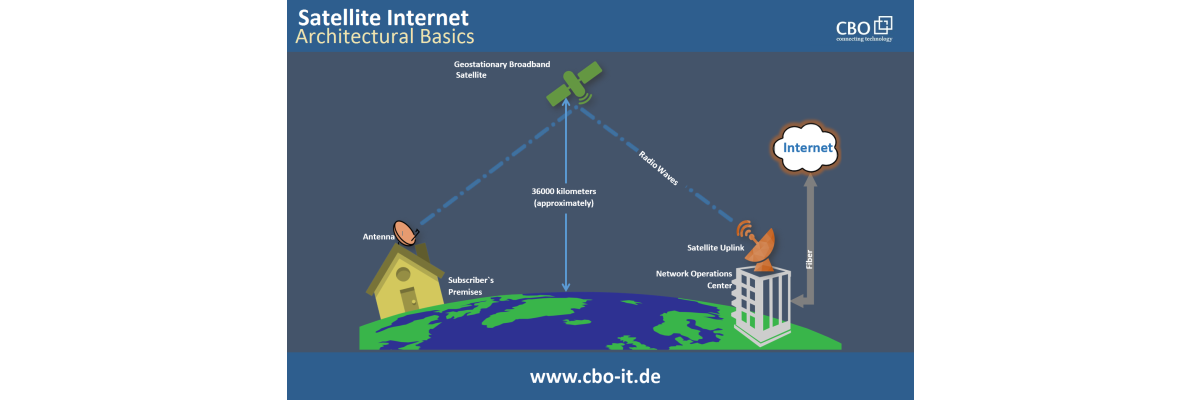The entertainment industry is undergoing a massive transformation to accommodate the expectations of people who use the internet to access online resources through their internet enabled digital devices. The ongoing development taking place in the broadcasting industry gives viewers brand new experiences. Huge demands on wired infrastructure are also expected because of growing audiences.
Let us talk about five broadcasting technology trends that are going to consume more fiber resources in the next decade.
1. Augmented Reality
The use of augmented reality has already been used in sports for a few years. One good example is the use of virtual first and ten lines, player information, and graphical analysis you see on the display during NFL games. However, augmented reality can be utilized to bring far more interesting and engaging features. MLB is using augmented reality to let fans “follow” their favorites players across the field by pointing their devices (such as phones and tablets) towards the playing field from their seats. Users can access detailed information about the “subject” such as real-time data, pictures, and even videos.
Another example of the utilization of augmented virtual reality is its use in various flight tracking applications. When a consumer points his or her mobile phone towards the sky, information about the commercial flights operating within the scope of the user`s device camera is displayed on the application`s interfaces. That information could include; make and model of the airplane, its elevation, speed, destination, origin, etc.

2. More Games
The broadcasting technology being used for cameras is becoming clearer and quicker. In any broadcasting arrangement, the objective is to bring spectators close to the action. In reference to sports, this means making every kick, punt or throw or shot look as real as possible.
The evolution of broadcasting technology also requires to bring in more sophisticated cameras to capture unique angles and mesmerizing views. Have you ever noticed the 360-degree shots that cover play from every angle? Four fiber drops are used to make this happen. This example tells about the massive growth in fiber connections in the realm of broadcasting.

3. Change in Content Formats
Besides shifting from HD content to 4K content, the broadcasting industry is also advancing towards in-venue entertainment. Through networked video displays, digital signage, large scoreboards, and remote cameras – well-qualified in-venue production teams are developing and distributing original content to keep their fans engaged.
Modern venues are built with integrated facilities to act as master control hubs for distributing the content inside and around the stadium. Entertainment production groups can now distribute unique stories to digital outlets and broadcast partners to reach far and wide areas. There is an increasing demand for original content and higher bandwidth requirements in the future are expected. This indicates that fiber is going to play a vital role in the entertainment industry.
4. IP Migration
IP has emerged as an efficient medium to transport video; it supports more camera angles, camera types and video feeds. That’s why today`s broadcast control rooms look more like data centers featuring properly installed rows of cabinets that are used for housing IP-connected servers instead of task-specific hardware and traditional broadcast equipment.
The possibility of remote production with the help of IP allows producers to reduce equipment, crew, and other resources on site. The availability of network-enabled cameras allows the transmission of video feed through IP to the production hub. Thus, with your cameras plugged into a venue`s or stadium`s network, you won’t require a lot of hardware on location.
5. Over the Top Streaming
The ongoing shift in viewing habits that became more significant over the past decade is putting user-customizable interactivity at the forefront. According to a reputable institute`s research U.S. OTT, streaming video is assumed to account for around 82% of entire network traffic this year.
Over the top steaming allow fans to watch evens from anywhere, making it easy to watch even when they cannot access a conventional television set. Steaming platforms available today are; NFL Game Pass, ESPN+, Facebook Watch, and Bleacher Report.
A reliable, low-latency, high-speed fiber connection is all that is required for the seamless performance of over the top streaming. A network that can handle an enormous amount of data is one of the basic requirements for OTT streaming.
Conclusion;
In light of the above-mentioned facts, it can be concluded that the broadcasting industry is undergoing a rapid transition. Here, likewise, in any other industry, the involvement of the internet is increasing over time. To ensure fast and reliable connectivity, broadcasters often chose to go with optical fiber networks.
 English
English
 Deutsch
Deutsch
 Espaniol
Espaniol










